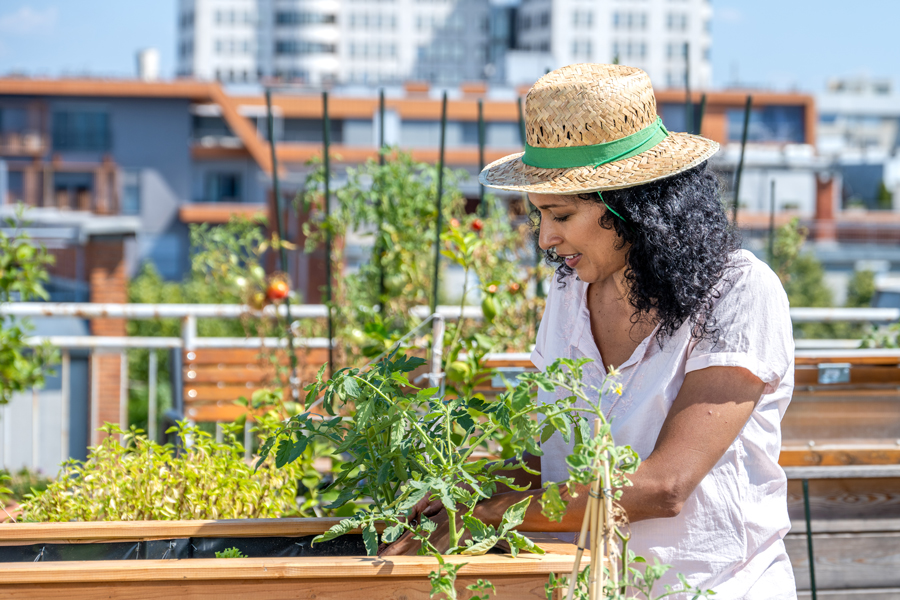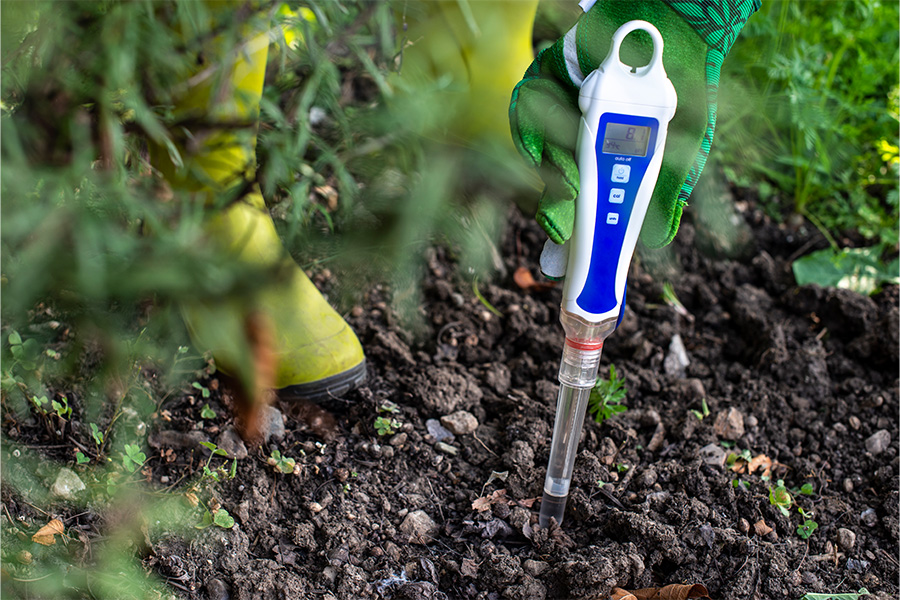Sarah Workman loves mushrooms, so much so that she grows them on her property in Watkinsville, Ga. She uses the homegrown fungi in recipes, sells them at local farmers markets and pays her property taxes with the profits.
The forest ecologist with the University of Georgia College of Agricultural and Environmental Sciences shares her mushroom knowledge at workshops and classes across the state.
Warm strains best
For Georgia’s climate, Workman recommends backyard mushroom growers use warm weather strains of starter.
“The inoculation material is usually a mixture of sterilized saw dust or other fiber substance and a liquid culture of the specific fungus,” she said.
The material costs $25 to $50 for small amounts and can be ordered from various sites online.
Three growing mediums
Mushrooms grow in three basic mediums: wood, soil and dung, she said. For growing shiitake mushrooms, for example, she recommends using wood as the growing base. Most sources recommend oaks, but sweet gum, elm and other hardwood trees also work.“Trees used for mushroom culture should be cut in the winter before the sap rises,” she said. “If the tree has budded, it’s too late to use it.”
Start with 5 to 20 logs
Logs used for mushroom growing should be easy to move and small, say 8 inches in diameter and 2 to 4 feet long. “If they are much bigger they will be too large and heavy for one person to handle,” she said.
Workman recommends a beginning mushroom grower start with 5 to 20 logs. To insure success, the logs should be inoculated as soon as possible, or within a month from the time they are cut.
“Lay the logs on a tarp if you can’t immediately inoculate them,” she said. “You don’t want to lay them on the soil and give insects or other fungi an opportunity to enter the logs.”
Select trees with few low branches and avoid any with broken or rotten limbs. Treat the logs with care. Injured areas could become points for diseases or competing fungi to enter the logs, she said.
Insert starter into holes
To inoculate the logs, drill holes three-eighths of an inch deep every 6 inches using an alternating pattern.
Insert the inoculants material and cover the holes with melted wax. Stack the logs in a log cabin arrangement or slant them in inverted-V rows. She places hers three to four logs high in a crisscross pattern on a concrete block base.
Label the logs with the year and the innoculum type.
Water well and often
Keep the logs well irrigated for four to six months. Workman typically waters 10 minutes in the morning and 10 minutes in the evening every day. But water needs will vary depending on rain.
“If it rains, don’t irrigate the logs as they shouldn’t be overwatered,” Workman said. “If the logs aren’t watered enough, the mushrooms will crack or just not produce.”
A white coloring under the bark or on the ends of the logs is a sign that fungus is actively growing inside the wood.
To initiate a fruiting cycle, soak the logs overnight then restack them. In two or three days, “little buttons” should emerge and begin to expand, she said.
“Most logs should produce mushrooms for about five years,” she said.
Harvest in spring and fall
Mushrooms will emerge from the inoculated logs in the spring and fall, usually best when the days reach 75 to 80 degrees and the nights are above 60 degrees. The logs will likely not produce much during the summer, but will come back and continue to produce mushrooms through the fall.
“Moisture, temperature and day length governs how much fruit is produced,” and how many mushrooms you will have to use or sell Workman said. For a little effort, you can have fun growing mushrooms that are both good food and good sellers at market.





